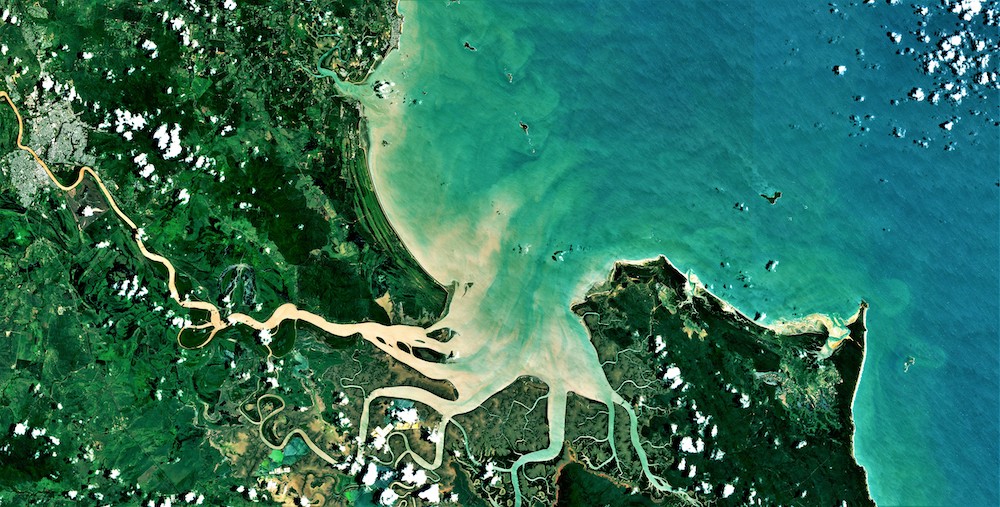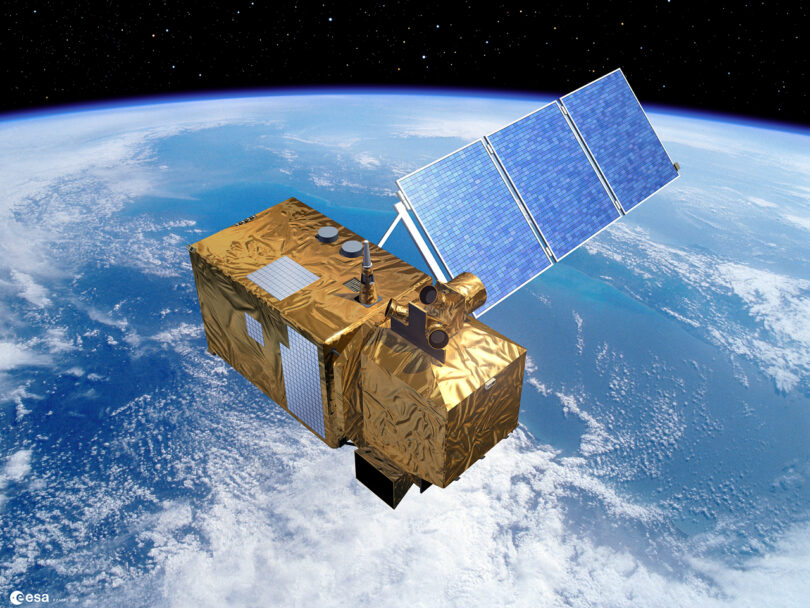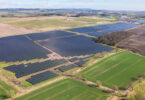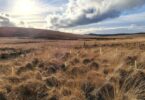Dr Alex Held: AquaWatch Australia Mission Lead at the Centre for Earth Observation in the CSIRO Space and Astronomy Business Unit
CSIRO is Australia’s National Science Agency. Their missions involve major collaborations focused on leveraging national science and technology partnerships to deliver impact and respond to Australia’s biggest challenges.
AquaWatch Australia is a collaboration CSIRO aiming to develop a ‘weather service’ for water quality, which is under increasing pressure from human activity and climate change. Their goal is to achieve this by establishing an integrated ground-to-space national water quality monitoring system to help safeguard freshwater and coastal resources in Australia and around the world – this project will issue the world’s first water quality forecasts.
Currently, Australia’s water quality of waterways is impacted by increasing human activity such as urbanisation, population growth, land use changes, deforestation, irrigation, farming needs, and contamination.
Water quality is also under pressure from the effects of climate change. As variations become more marked, the environmental impact from drought, bushfire sediment, storm events, toxic algal blooms, and contamination is growing in the region. As water is one of Australia’s (and the world’s) most essential resources, changes in water quality greatly affect both the natural environment and the people occupying it.
AquaWatch’s Monitoring System
CSIRO is designing and developing AquaWatch as a ground-to-space water quality monitoring system providing near real-time updates and predictive forecasting, where it will essentially be a ‘weather service’ for water quality.
The system they are developing combines data from satellites and water-based sensors and processes this in an entirely new way with modelling and AI to provide updates and forecasts. It allows CSIRO to monitor water quality at a much larger scale than done before, with validation built into the system to ensure they don’t trade scale for accuracy.
Data streams from both satellite sensors and water-based sensors are collated in the AquaWatch data system on CSIRO’s EASI platform, which uses cloud computing to process the raw inputs into user-ready data. This can then be queried and used for modelling and machine learning processes. In the future, CSIRO aims for this to be accessible for partners via a dashboard, and one day, they hope to see the outputs used by a range of platforms to provide water quality updates and forecasts to anyone in Australia.

The Need for Pilot Sites
The AquaWatch pilot sites allow CSIRO to test the system for a range of real-world applications, ensuring the design is fit for purpose. For example, at their Lake Tuggeranong pilot site in Australia Capital Territory – Canberra (ACT), they are monitoring algal blooms in an inland water body. In Queensland (QLD), they are monitoring the flows of sediment from the Fitzroy River out to Keppel Bay and the impacts of this on biodiversity in the Southern Great Barrier Reef. Overseas in Malaysia, AquaWatch is being tested to monitor dissolved carbon loss from mangrove forests.
Beyond that, each pilot site adds to CSIRO’s in-situ sensor network to support validation of the satellite data fed into the system where their partners for the pilots not only get access to their site’s data but also access to global data collected as part of AquaWatch.
The Importance of In-Situ Sensing
Satellite data is incredibly important for achieving the kind of national and global scale needed for AquaWatch. However, the most accurate data will always come from sensors down here on Earth, just above and below the water. Using in-situ sensing for AquaWatch enables CSIRO to validate what we’re seeing from space and the forecasts they are generating using modelling and AI. This validation helps CSIRO to maintain a certain degree of accuracy, even as they monitor and forecast at a continental scale.
In-situ sensors are also needed to provide more frequent measurements of rapid changes in water quality, than the frequency we may get from satellites.
AquaWatch is a great example of Australian science creating an impact globally, as water quality is a universal challenge. They already have five pilot sites being established with international partners across Chile, Colombia, Malaysia, the US, and Vietnam to test AquaWatch around the world.
We hope that the result of this project will not only be the first water quality forecast, but also the best way to protect our drinking water and the natural resources within it.
Learn more: https://www.csiro.au/en/about/challenges-missions/aquawatch







